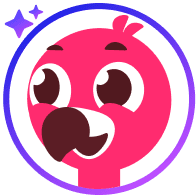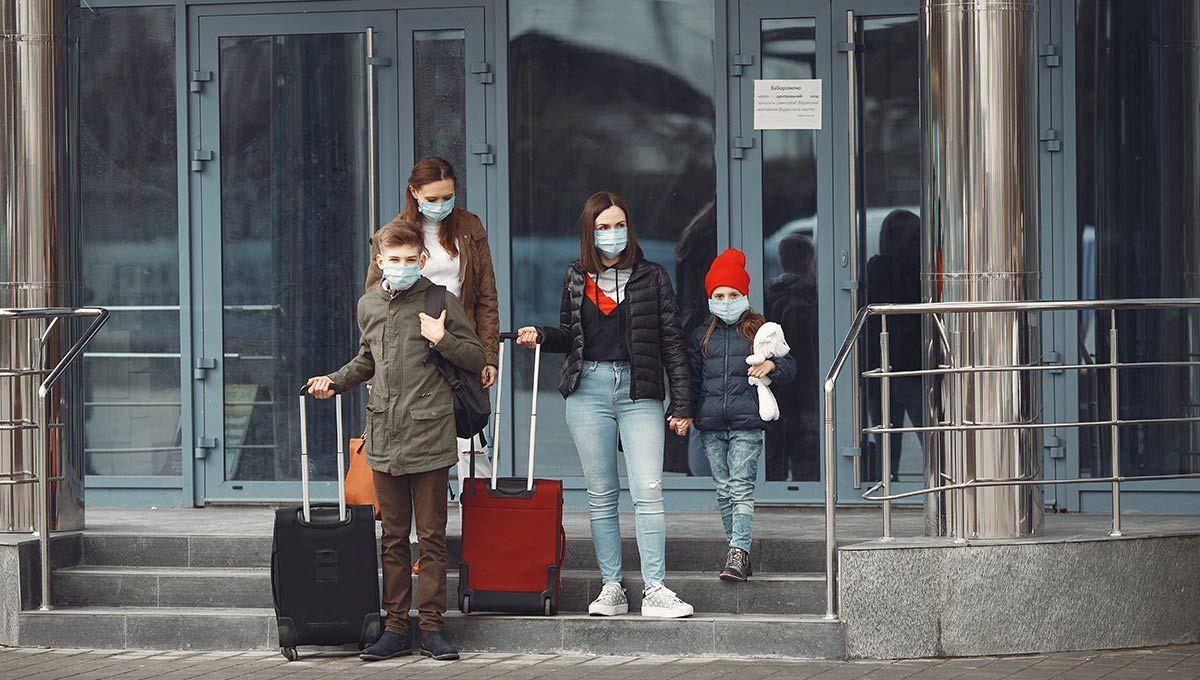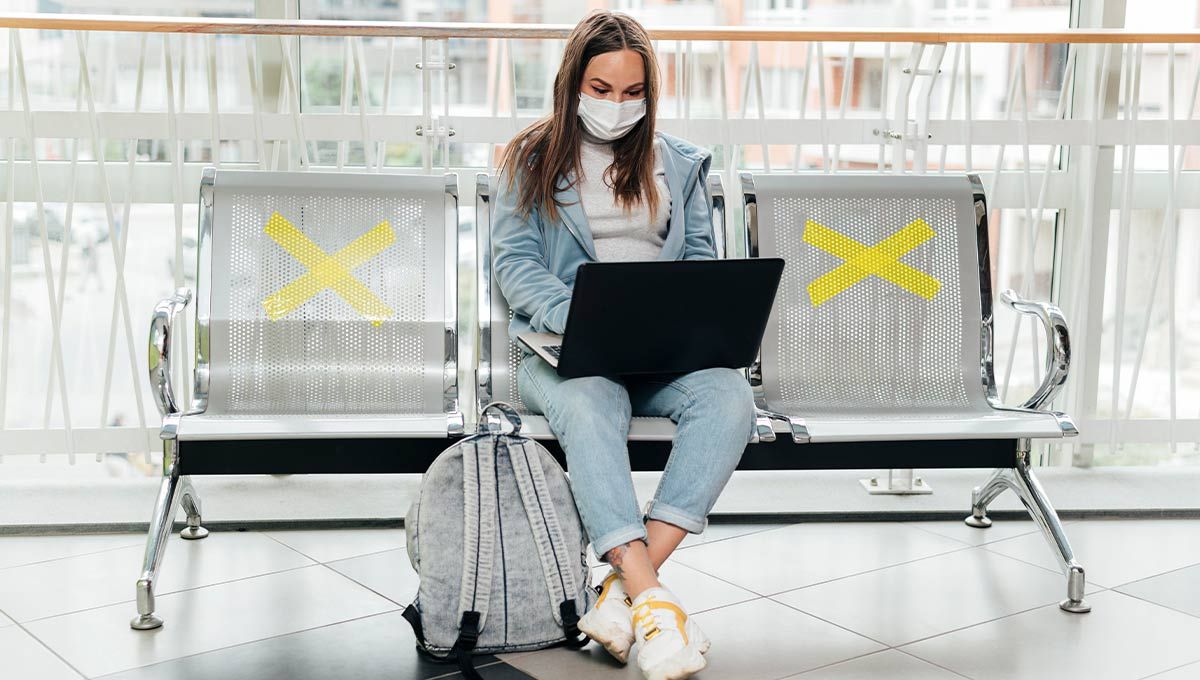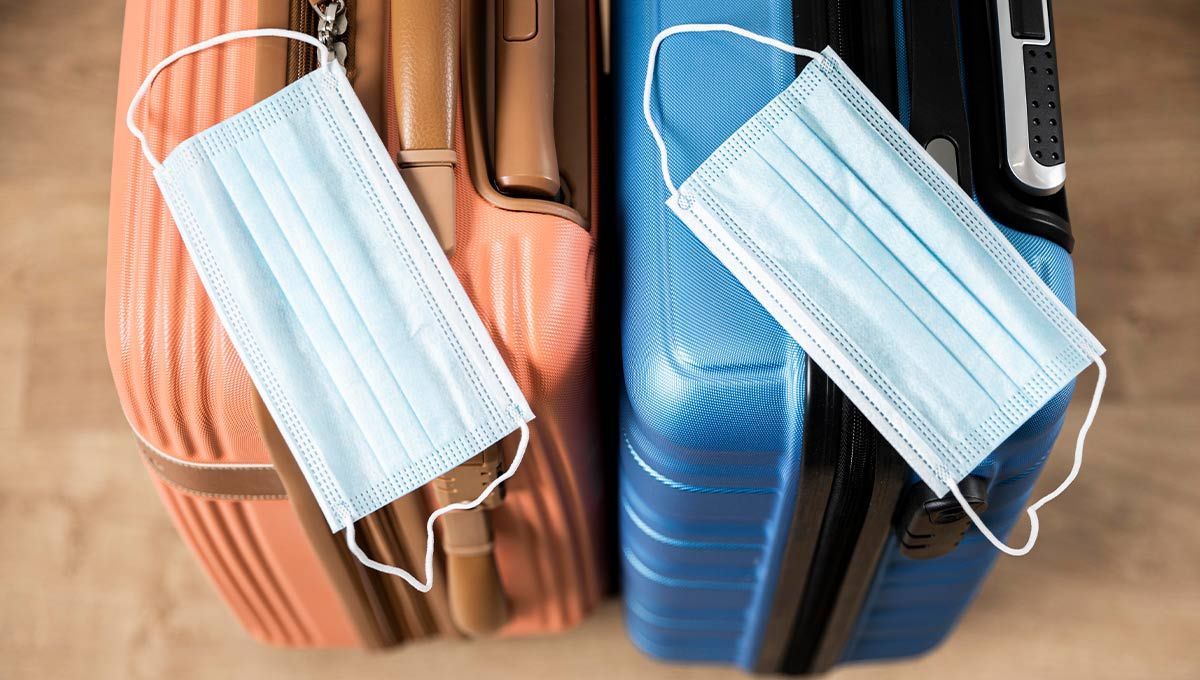
Post pandemic travel the future of exploration

In 2024, post-pandemic travel surged with a focus on sustainable, tech-driven experiences. Travelers prioritized unique destinations, eco-friendly options, and digital nomad-friendly spots. Domestic and regional trips remained popular, while international travel rebounded with eased restrictions.
The travel industry has undergone a seismic shift since the COVID-19 pandemic. As borders closed, airlines grounded flights, and cities locked down, the world of travel came to a screeching halt. Fast forward to 2024, and travel is back—but it's not quite the same as before. Post-pandemic travel has brought with it new trends, priorities, and habits that are reshaping how we explore the world.
The Rise of Remote Work and Travel
One of the most noticeable trends in post-pandemic travel is the surge of remote work opportunities. With companies embracing flexible work arrangements, employees now have the freedom to combine work and leisure in ways that were once unimaginable. This shift has led to the rise of digital nomads, a group of people who can work from anywhere in the world, provided they have a reliable internet connection.
Destinations that cater to this trend—such as Bali, Lisbon, and Mexico City—have seen an influx of long-term travelers seeking a balance between work and adventure. For many, post-pandemic travel isn’t just about vacations; it’s about a lifestyle where work and travel coexist seamlessly.

Travel Safety and Health Protocols
Safety has become a paramount concern in post-pandemic travel. While the desire to explore remains strong, travelers are now more cautious than ever. As a result, many destinations have adapted by implementing enhanced health protocols, making safety a top priority for tourists.
Popular safe travel destinations like New Zealand, Iceland, and Japan have strict entry requirements and protocols to ensure the health and safety of both locals and visitors. From mandatory vaccinations to digital health passports, these measures have become essential in ensuring a smooth and safe travel experience.

AI Travel Planners like PlaninGo have stepped up to streamline this process. By providing AI-powered itinerary suggestions based on current health regulations, travelers can stay informed about the ever-changing guidelines. This technology is helping tourists plan safe, seamless trips while avoiding logistical headaches.

Sustainable and Responsible Tourism
Another significant shift in post-pandemic travel is the growing emphasis on sustainability. The pandemic gave the planet a moment to breathe, as tourism came to a standstill and cities once flooded with tourists saw nature reclaim its space. In 2024, travelers are more conscious of their environmental footprint, choosing eco-friendly destinations and travel methods.
Sustainable tourism isn’t just a trend—it’s becoming the norm. From opting for eco-conscious accommodations to traveling via greener transportation, many are prioritizing travel experiences that align with a respect for the environment. Destinations that focus on conservation and sustainability, like Costa Rica and Bhutan, are becoming top choices for travelers who want their adventures to have a positive impact.
The Shift to Local and Slow Travel
As international travel paused, many began exploring their own backyards, discovering local destinations that they might have previously overlooked. This trend has carried over post-pandemic, as travelers opt for more intimate, meaningful experiences. Instead of ticking off major tourist sites, people are opting for slow travel, spending more time in a single location to truly connect with the local culture.
For instance, small towns and rural areas in countries such as Italy, Japan, and the U.S. have gained popularity. These slower-paced trips offer an antidote to the hustle and bustle of traditional tourism, allowing travelers to appreciate the small details and engage in immersive cultural experiences.

Virtual Travel and Hybrid Experiences
Another fascinating post-pandemic development is the rise of virtual travel experiences. While nothing can truly replace physical travel, virtual tours and augmented reality (AR) experiences have made it possible to explore new places from the comfort of home. Museums, historical sites, and even nature reserves have turned to digital platforms, offering virtual experiences that capture the essence of being there in person.
In tandem with this, hybrid experiences—where physical and digital elements intersect—are on the rise. For example, travelers might start their journey with a virtual tour to get a feel for a destination before physically visiting it. This allows them to make the most of their trip, already familiar with the key attractions and hidden gems they’d like to explore further.
The Future of Travel in a Post-Pandemic World
As the world slowly adjusts to life after the pandemic, one thing is clear: travel will never be the same. However, these changes present exciting new opportunities. The future of travel is more flexible, sustainable, and tech-driven than ever before.
AI travel tools like PlaninGo are at the forefront of this transformation, helping travelers navigate the complex world of post-pandemic travel. Whether it’s building an itinerary that prioritizes safety, finding eco-friendly destinations, or discovering hidden gems through slow travel, technology is making travel more accessible and personalized.
Conclusion
The travel industry is bouncing back with innovation, sustainability, and safety at the forefront. Whether you're planning a workcation or a sustainable escape, post-pandemic travel offers an exciting mix of opportunities. With AI travel planners like PlaninGo, navigating the new travel landscape has never been easier.

Planingo
FAQ
